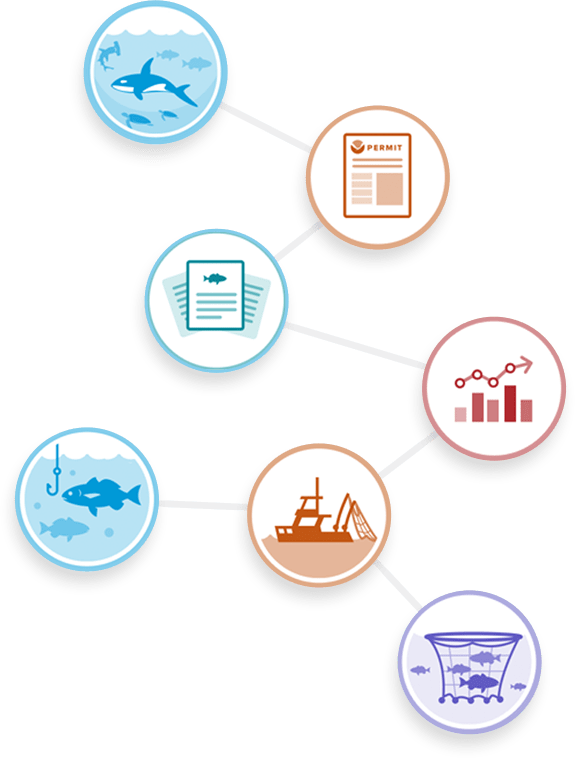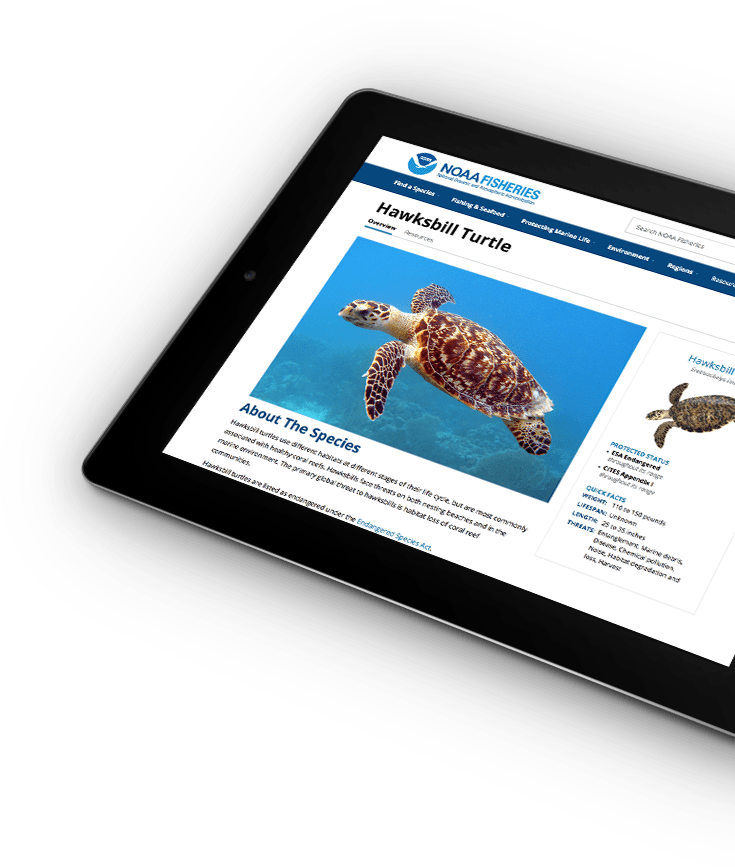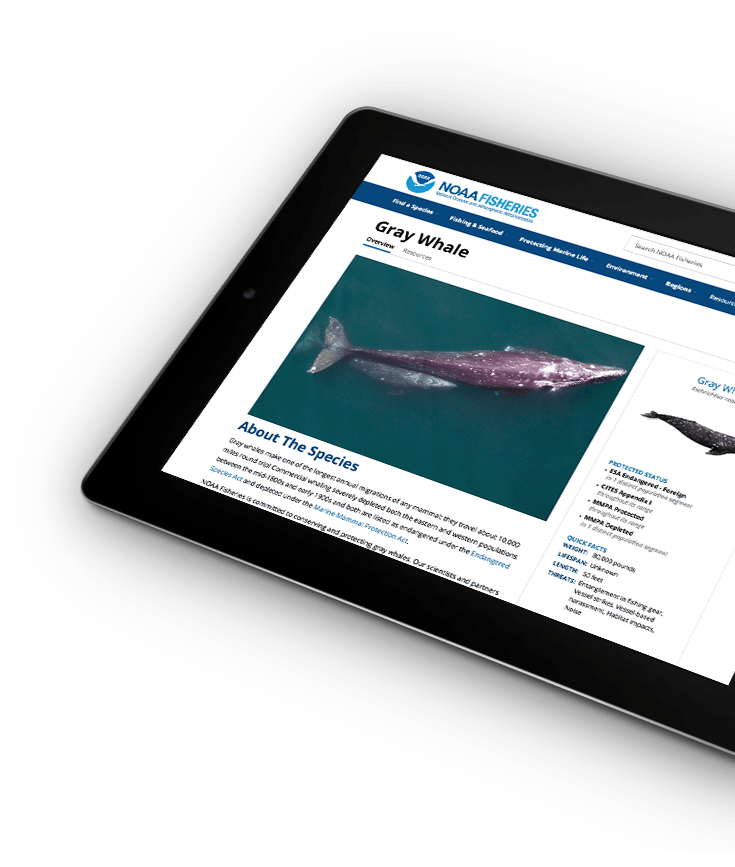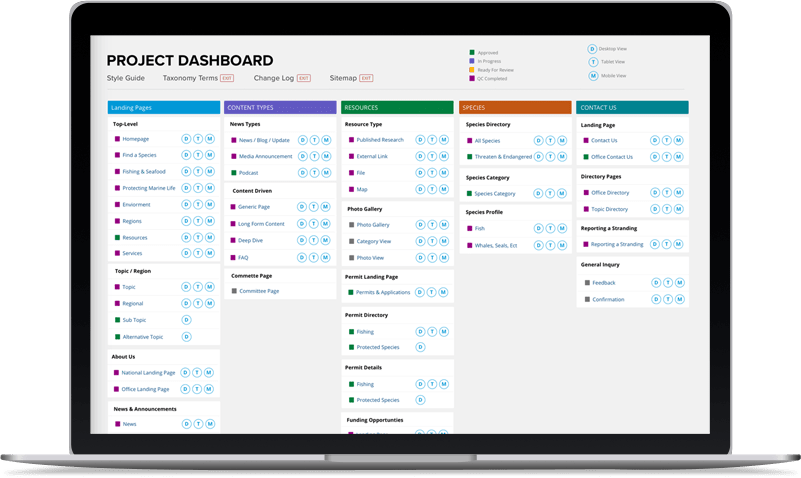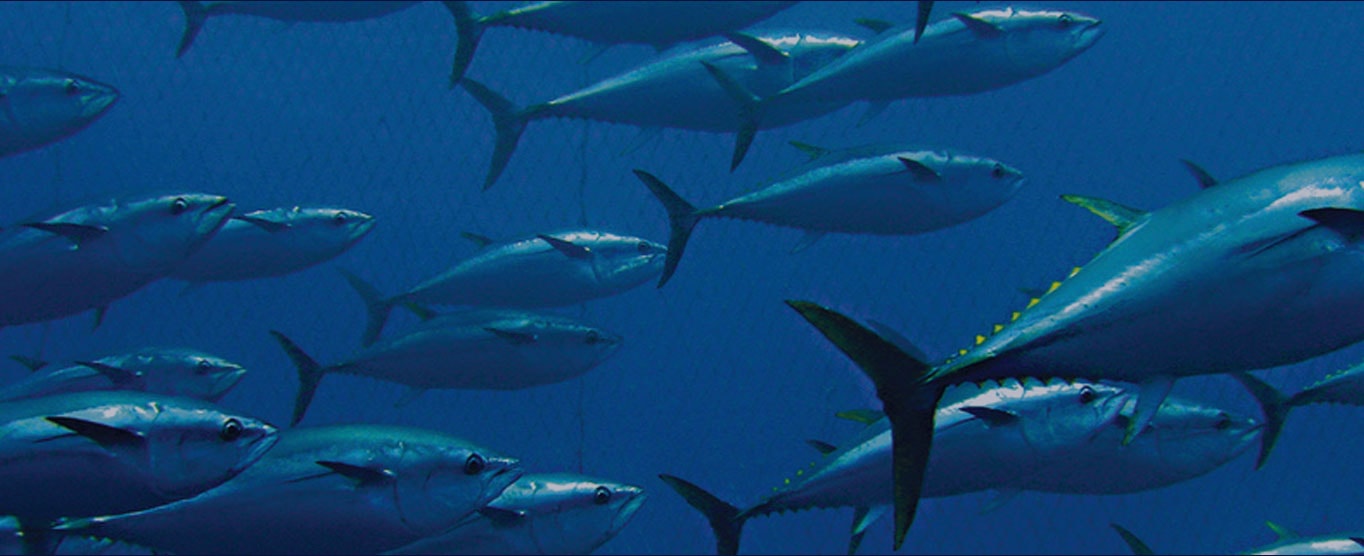Putting
the Site Structure
to the Test
Before the start of the project, NOAA Fisheries worked with Foresee to help gather insight on their current users. NOAA Fisheries wanted to address poor site navigation, one of their biggest complaints. They had concerns over their new site structure and wanted us test proposed designs and suggest improvements.
In our evaluation, we ran two types of user tests targeting four key audiences; government, non-government scientists, fishermen, and educators. This process took over two months to complete, during which we ran 6 rounds of tests.
First Test: How Users Group & Labels Items
We started out our evaluation by testing how users group items compared to the current sitemap. We used Optional Workshop, a digital card sort for speed and to connect use to NOAA’s diverse audience. We tested over 100 people across all audiences in one week and discovered that the majority were not using the technical vocabulary that NOAA was using in their navigation concept. We then selected key categories and ran another test to see if users could still group all the items in our new groups. As a result, we removed technical terminology that caused confusion, improving their success rate by 13%.
Key Insights
- Fishing, Rules & Permits, Science & Data, and About Us were the most common phrases across all audiences.
- Technical terminology like Management, Fisheries, Endangered did not appear in two key audiences.
- When asked, fisherman said they understood technical terminology, but used and preferred layman terms.
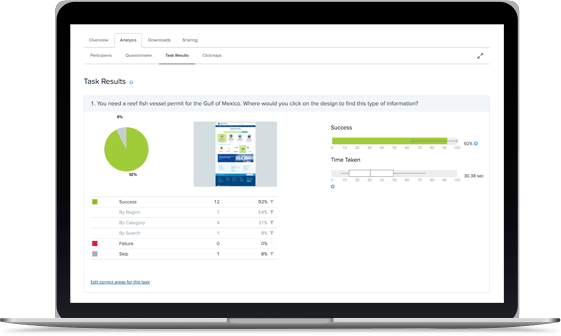
Second Test: How Users Interacted with the Structure
After the first round of sitemap revisions using the tool Slickplan, we wanted to validate our sitemap again with our audiences. We used Treejack, a digital navigation tool that allows users to not only test the top level navigation, but secondary and third levels as well. We conducted four rounds of testing focusing on only 10 individuals per audience. During each round, we focused our iterations on where users clicked, improving task success as well as user directness. Our final sitemap scored 91% success rate, which rose from 13% on the first iteration.
Key Insights
- Showcasing related topics under each navigation item increased discoverability.
- Using the phrase location caused confusion, so the term remained regions.
- Key audiences were unfamiliar with the term ecosystem, so environment was used instead.

